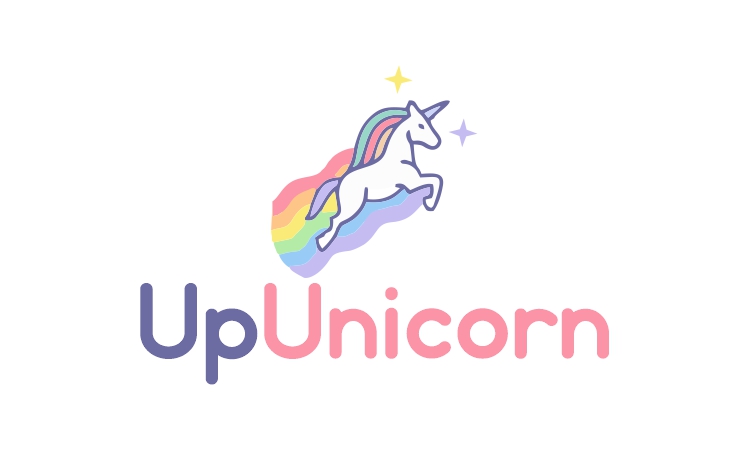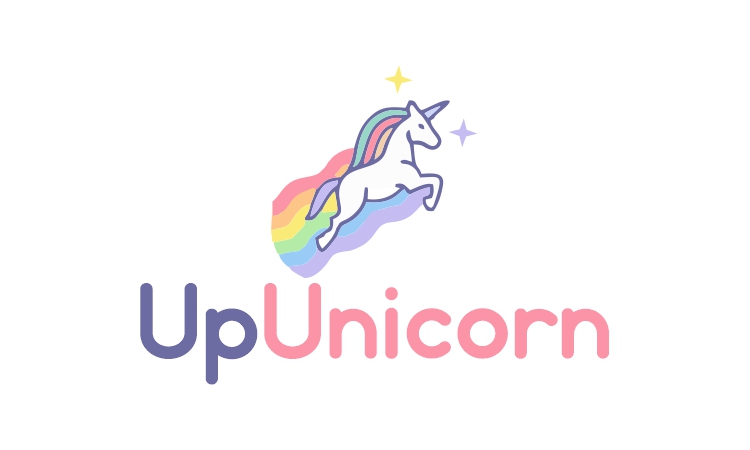Our first safe was a “pre-money” safe, because at the time of its introduction, startups were raising smaller amounts of money in advance of raising a priced round of financing (typically, a Series A Preferred Stock round). The safe was a simple and fast way to get that first money into the company, and the concept was that holders of safes were merely early investors in that future priced round. But early stage fundraising evolved in the years following the introduction of the original safe, and now startups are raising much larger amounts of money as a first “seed” round of financing. While safes are being used for these seed rounds, these rounds are really better considered as wholly separate financings, rather than “bridges” into later priced rounds.
So our updated safes are “post-money” safes. By “post-money,” we mean that safe holder ownership is measured after (post) all the safe money is accounted for - which is its own round now - but still before (pre) the new money in the priced round that converts and dilutes the safes (usually the Series A, but sometimes Series Seed). The post-money safe has what we think is a huge advantage for both founders and investors - the ability to calculate immediately and precisely how much ownership of the company has been sold. It’s critically important for founders to understand how much dilution is caused by each safe they sell, just as it is fair for investors to know how much ownership of the company they have purchased.
Another new feature of the safe relates to a “pro rata” right. The original safe obligated the company to permit safe holders to participate in the round of financing following the round of financing in which the safe converted (for example, if the safe converted in the Series A Preferred Stock financing, a safe holders - now a holder of a sub-series of Series A Preferred Stock - would be allowed to purchase a pro rata portion of the Series B Preferred Stock). However, while this concept was consistent with the original concept of the safe, it made less sense in a world where safes became independent financing rounds. So the “old” pro rata right is removed from the new safe, but we have a new (optional) template side letter that provides the investor with a pro rata right in the Series A Preferred Stock financing, based on the investor’s as-converted safe ownership, which is also now much more transparent. Whether or not a startup and an investor enter into the side letter with a safe will now be a choice that the parties make, and it may depend on a variety of factors. The factors to consider may include (among others) the purchase amount of the safe, and amount of future dilution the pro rata right will cause for the founders - an amount that can be now forecast with much greater accuracy when post-money safes are used.
The new safe doesn’t change two fundamental features that we believe remain important for startups:
- It still allows for high resolution fundraising. Startups can close with an investor as soon as both parties are ready to sign and the investor is ready to wire money, instead of trying to coordinate a single close with all investors simultaneously. In fact, high resolution fundraising may be much easier now that both founders and investors have more certainty and transparency into what each side is giving and getting.
- As a flexible, one-document security without numerous terms to negotiate, safes save startups and investors money in legal fees and reduce the time spent negotiating the terms of the investment. Startups and investors will usually only have to negotiate one item: the valuation cap. Because a safe has no expiration or maturity date, there should be no time or money spent dealing with extending maturity dates, revising interest rates or the like.
Whether you are using the safe for the first time or are already familiar with safes, we recommend reviewing our Safe User Guide (a replacement for the original Safe Primer). The Safe User Guide explains how the safe converts, with sample calculations, as well as further details about the pro rata side letter, explanations of other technical changes we made to the new safe (such as language to address tax treatment), and suggestions for best use.
There are four versions of the new post-money safe, plus an optional side letter.
While the safe may not be suitable for all financing situations, the terms are intended to be balanced, taking into account both the startup’s and the investors’ interests. As with the original safe, there are still trade-offs between simplicity and comprehensiveness, so while not every edge case is addressed, we believe the safe covers the most pertinent and common issues. Both parties are encouraged to have their lawyers review the safe if they want to, but we believe it provides a starting point that can be used in most situations, without modifications. We hold this belief because of our firsthand experience seeing and helping hundreds of companies fundraise every year, as well as the thoughtful feedback we received from the founders, investors, lawyers and accountants with whom we shared early drafts of the post-money safe.





0 Comments